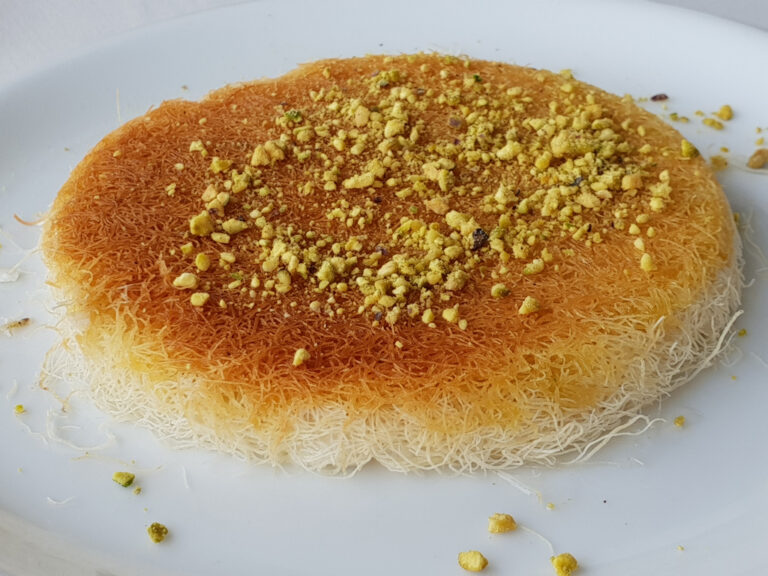Introduction: Levantine and Middle Eastern Cuisines
Levantine and Middle Eastern cuisines are known for their unique flavors and use of spices. These cuisines consist of a wide variety of dishes that are influenced by the geography, climate, and cultural diversity of the region. Levantine cuisine encompasses the countries of Jordan, Syria, Lebanon, Israel, and Palestine, while Middle Eastern cuisine includes countries like Iran, Iraq, Saudi Arabia, and Egypt.
Jordanian Cuisine: A Blend of Many Cultures
Jordanian cuisine is a blend of many cultures, with influences from Bedouin, Arabic, Ottoman, and Mediterranean cuisines. The cuisine is characterized by the use of fresh herbs, vegetables, legumes, and spices. Some of the most popular Jordanian dishes include mansaf, a traditional Bedouin dish made with lamb, yogurt, and rice, and falafel, a fried chickpea ball that is served with tahini sauce.
Common Ingredients in Levantine and Jordanian Dishes
Levantine and Jordanian cuisines share many common ingredients, such as olive oil, chickpeas, eggplant, pomegranate, and sumac. These ingredients are used in a variety of dishes, including fattoush salad, which is a Levantine bread salad that is made with tomatoes, cucumber, and sumac, and musakhan, a Jordanian dish that consists of roasted chicken and onions served on flatbread.
Levantine and Middle Eastern Spices in Jordanian Cuisine
Levantine and Middle Eastern spices are an important part of Jordanian cuisine. Some of the most commonly used spices include cumin, coriander, turmeric, and allspice. These spices are used in a variety of dishes, including maqluba, a Levantine rice dish that is made with chicken, eggplant, and spices, and kofta, a Jordanian meatball dish that is seasoned with a blend of spices.
Shared Dishes: Jordanian and Levantine Cuisines
Jordanian and Levantine cuisines share many common dishes, including shawarma, hummus, and tabbouleh. Shawarma is a popular Middle Eastern dish that consists of roasted meat, while hummus is a dip made from chickpeas and tahini. Tabbouleh is a Levantine salad that is made with parsley, tomatoes, and bulgur wheat.
Conclusion: Levantine Influences in Jordanian Cuisine
In conclusion, Jordanian cuisine is heavily influenced by Levantine and Middle Eastern cuisines. The use of fresh ingredients, spices, and common dishes are a testament to the shared cultural heritage of the region. As a result, Jordanian cuisine offers a unique blend of flavors and dishes that reflect the diverse cultural influences of the country.


